8 Underrated Items at the National Museum of Scotland
1st May 2025At the National Museum of Scotland, you can find all sorts of interesting things like dinosaurs and impractically wide dresses.
But what about the really intriguing displays that you have to go on the hunt for?
Tartan
You might not consider tartan to be a niche display at the National Museum of Scotland—the plaid fabric is a national symbol of the country, after all. But you might not know the storied history of the fabric.
At the museum, you can learn not only how it’s made, but also how during the Jacobite uprisings, tartan was seen as a symbol of Jacobite support.
It might also surprise you that from 1746 to 1782, it was illegal for Highlanders to wear tartan unless they were serving in the King’s military.
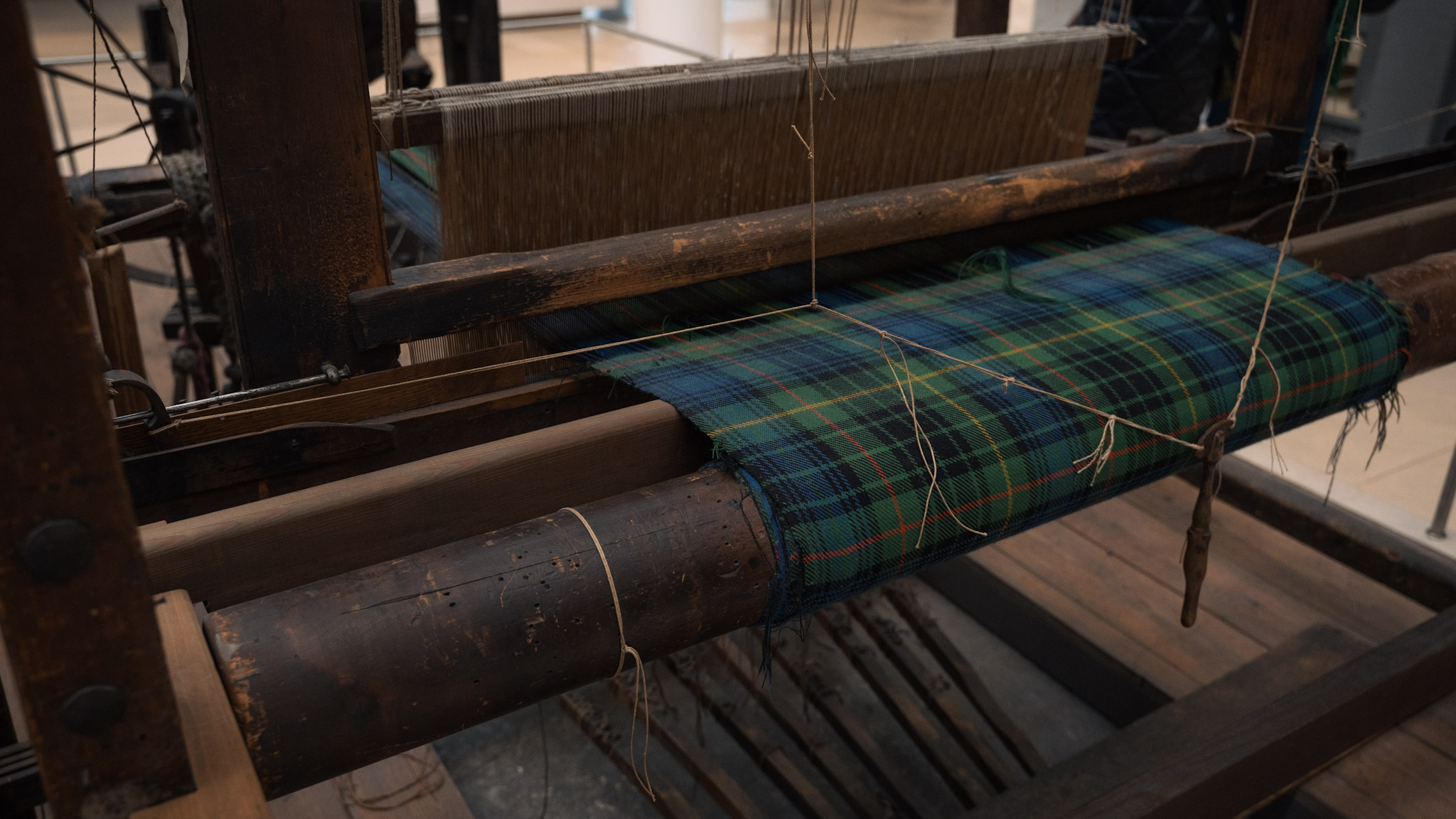
The Maiden
‘The Maiden’ is a very pretty name for guillotine, but a Scottish guillotine it is nonetheless. It predates the French guillotine by over 200 years, having been introduced while Mary, Queen of Scots was monarch in 1564.
Originally, it was set up at the Mercat Cross, on Castlehill or on the Grassmarket. Suitable, then, that our dark history and ghost tours all begin at the Mercat Cross.
150 people were executed via the Maiden until 1716, including Lady Christian Nimmo, who supposedly still haunts her former home as the White Lady of Corstorphine.
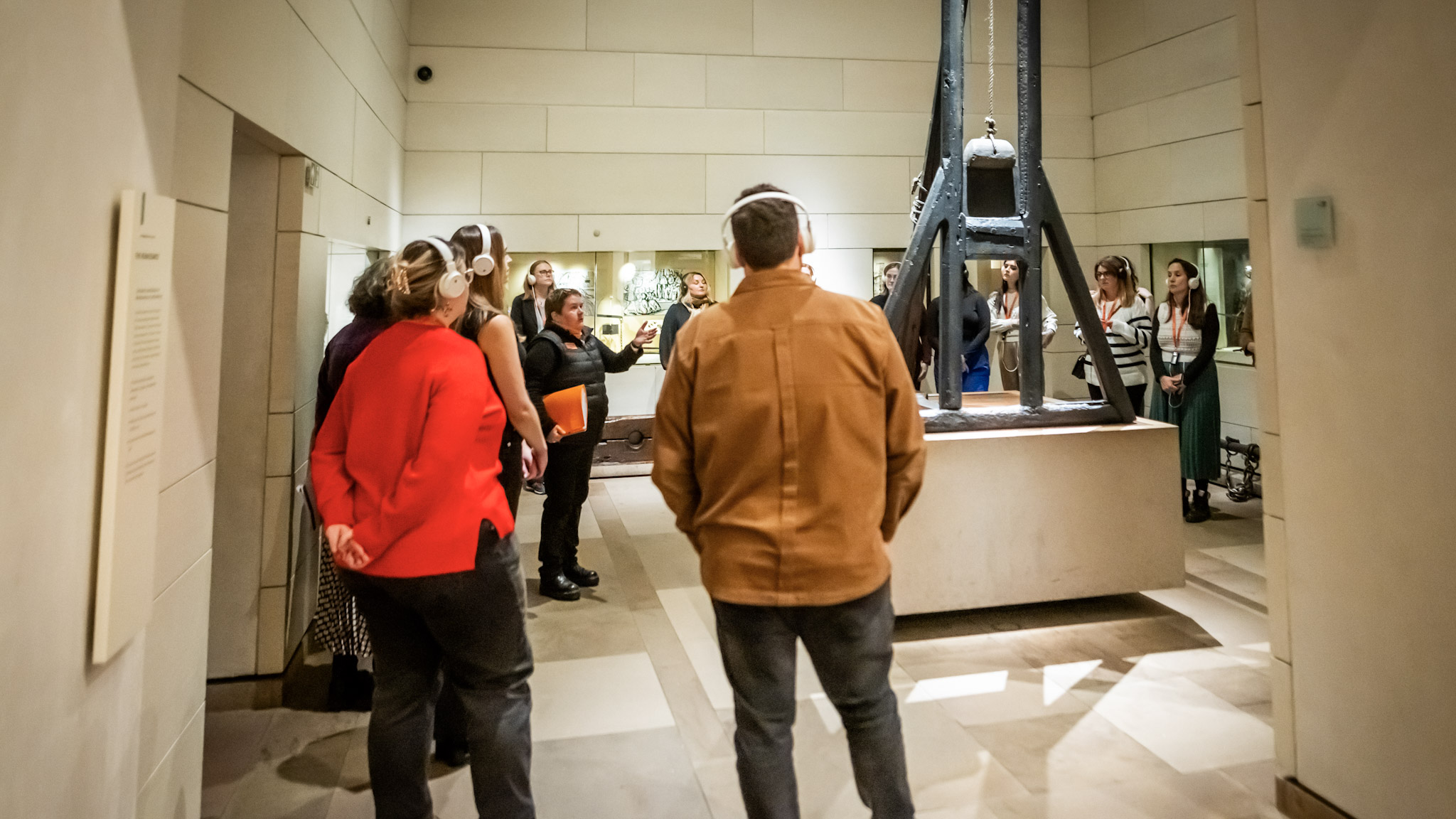
Whisky Still
It’s likely that you already associate Scotland with whisky—sometimes referred to as Scotch whisky or just Scotch. But have you ever seen a whisky still?
The distillation process that takes place in these is an art in and of itself. The shape of the still and the method used to heat it even affect the whisky’s flavour.
The earliest written record we have of whisky production is from 1494, with the original name coming from the Gaelic phrase uisge beatha, meaning ‘water of life.’ It was quite different to the Scotch whisky we know today: it was very potent, a stimulant ideal for life in cold, windy Scotland.
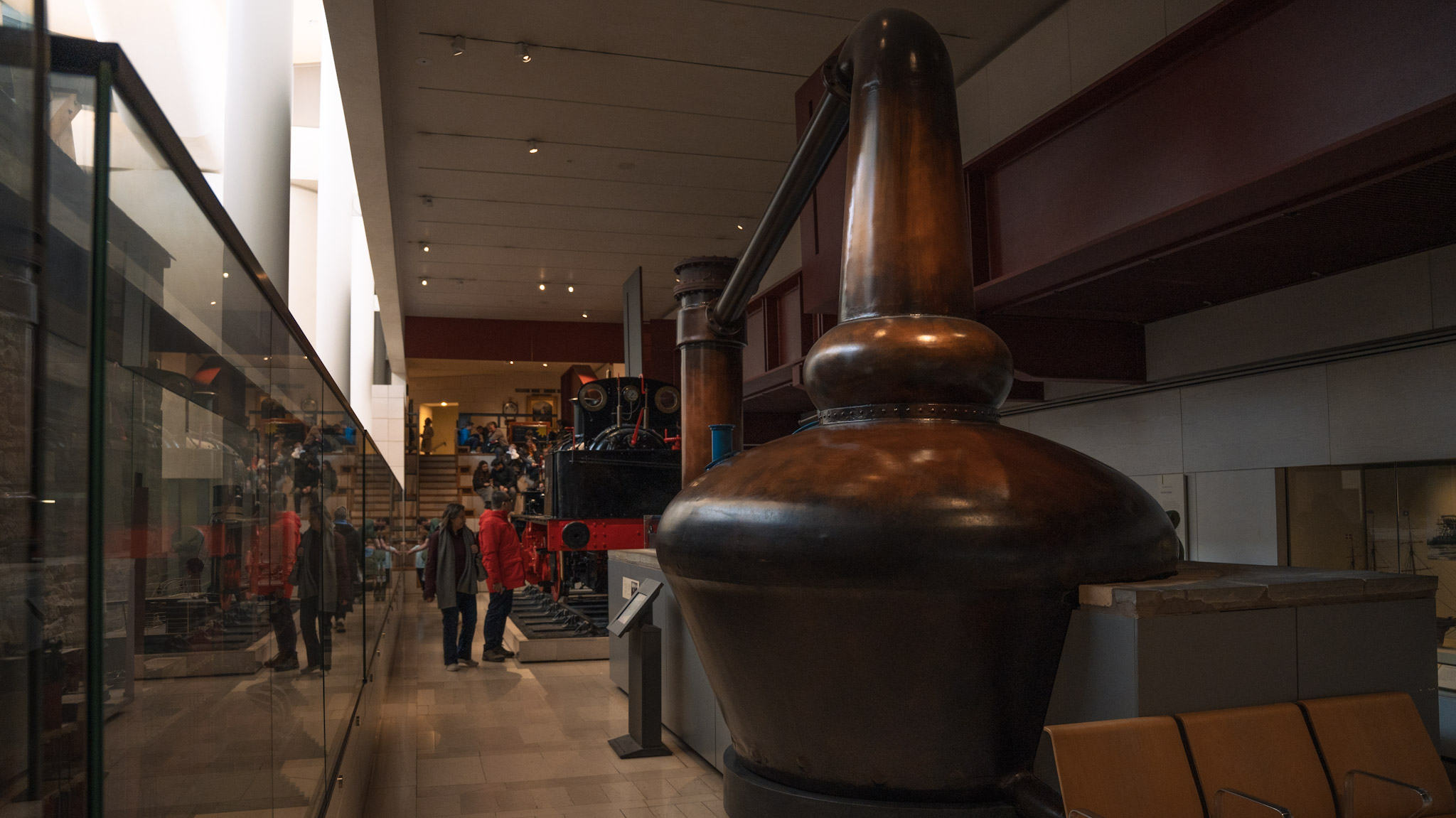
Remnants of the Witch Trials
You might be familiar with the Salem Witch Trials, but did you know that the Scottish Witch Trials were even worse?
Though it's not a competition between two horrible parts of history, the Scottish Witch Trials produced over 100 times the number of victims as Salem.
During these trials, those accused were...encouraged to confess crimes. You can see the various tools used here, from witch collars to pilliwinks, also known as thumbscrews.
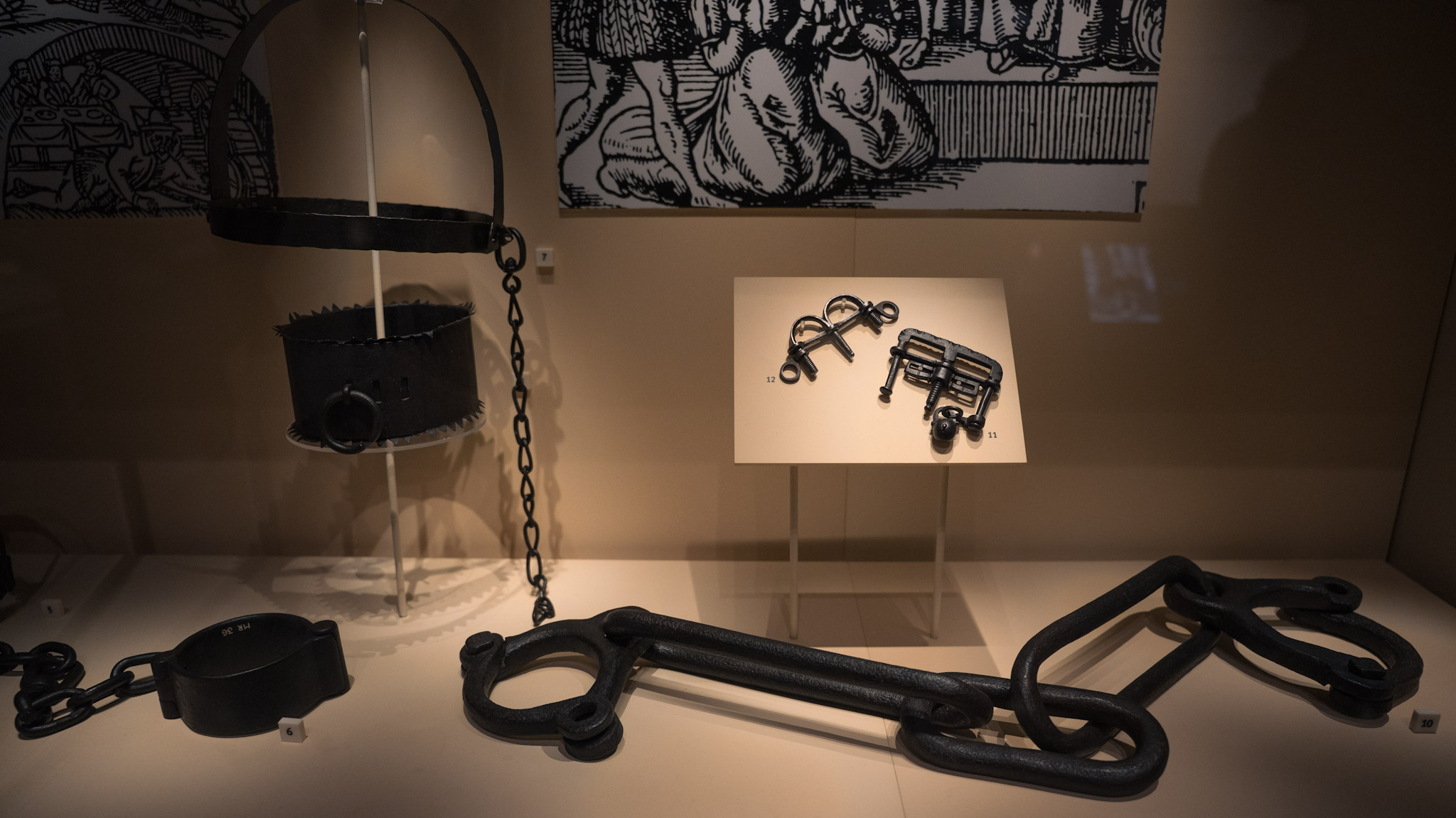
Swords
When you see an Early Modern sword that’s the approximate size of three children stacked on top of one another, you have to wonder who could have swung it.
The secret might be that it’s actually a ceremonial sword. Or, maybe the likes of William Wallace were a whole lot stronger than we thought.
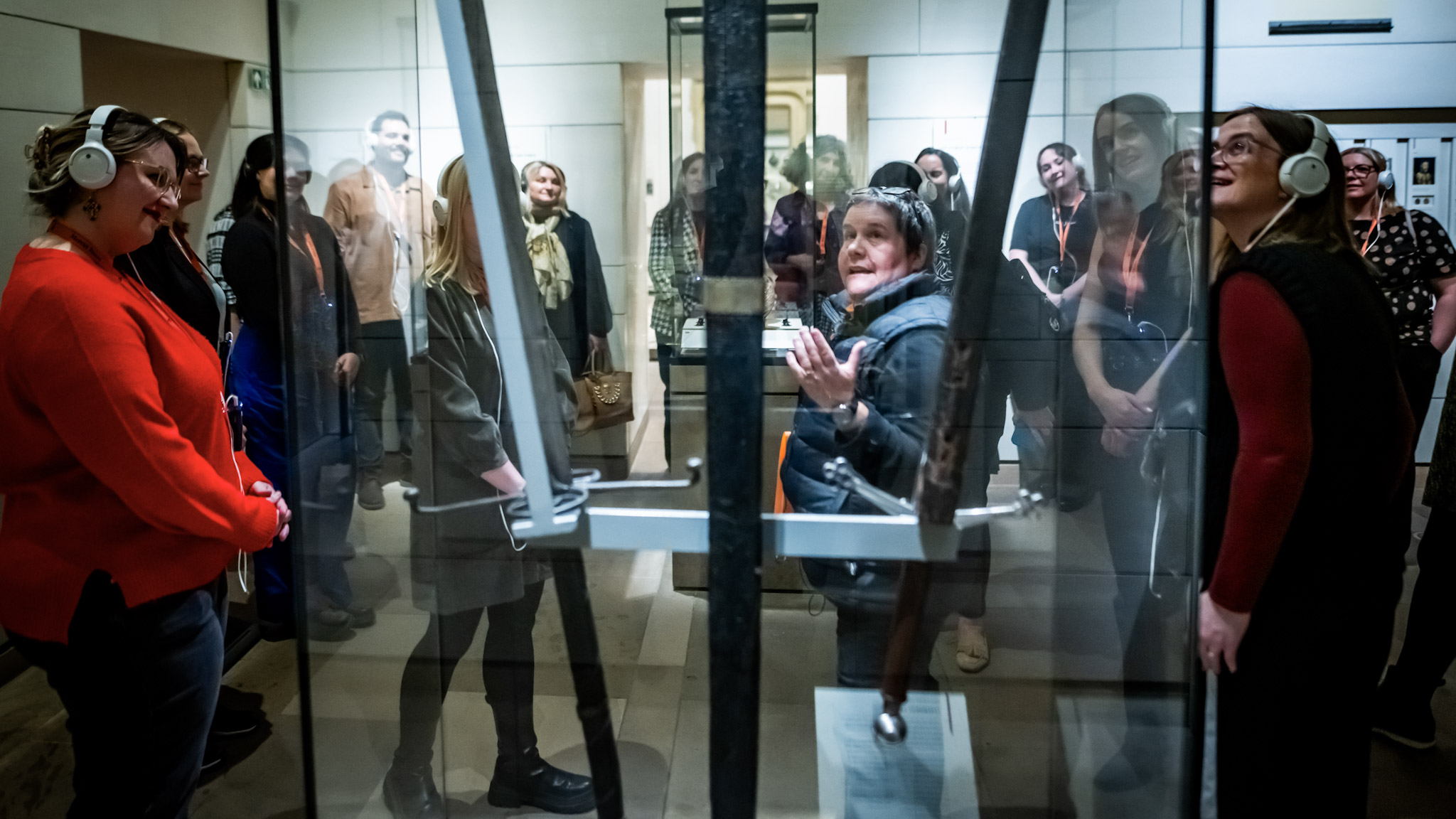
Mary, Queen of Scots
Though the original can be found at Westminster Abbey, this plaster cast of the tomb effigy of Mary, Queen of Scots represents important parts of Scottish history.
Mary, Queen of Scots was queen from the ripe old age of...six days old. She lived a tumultuous life: from being hidden from English forces to being sent to France, from being widowed by 17 to experiencing the Protestant Reformation back in her home country of Scotland.
She was executed aged 44, on the orders of her cousin Queen Elizabeth I.
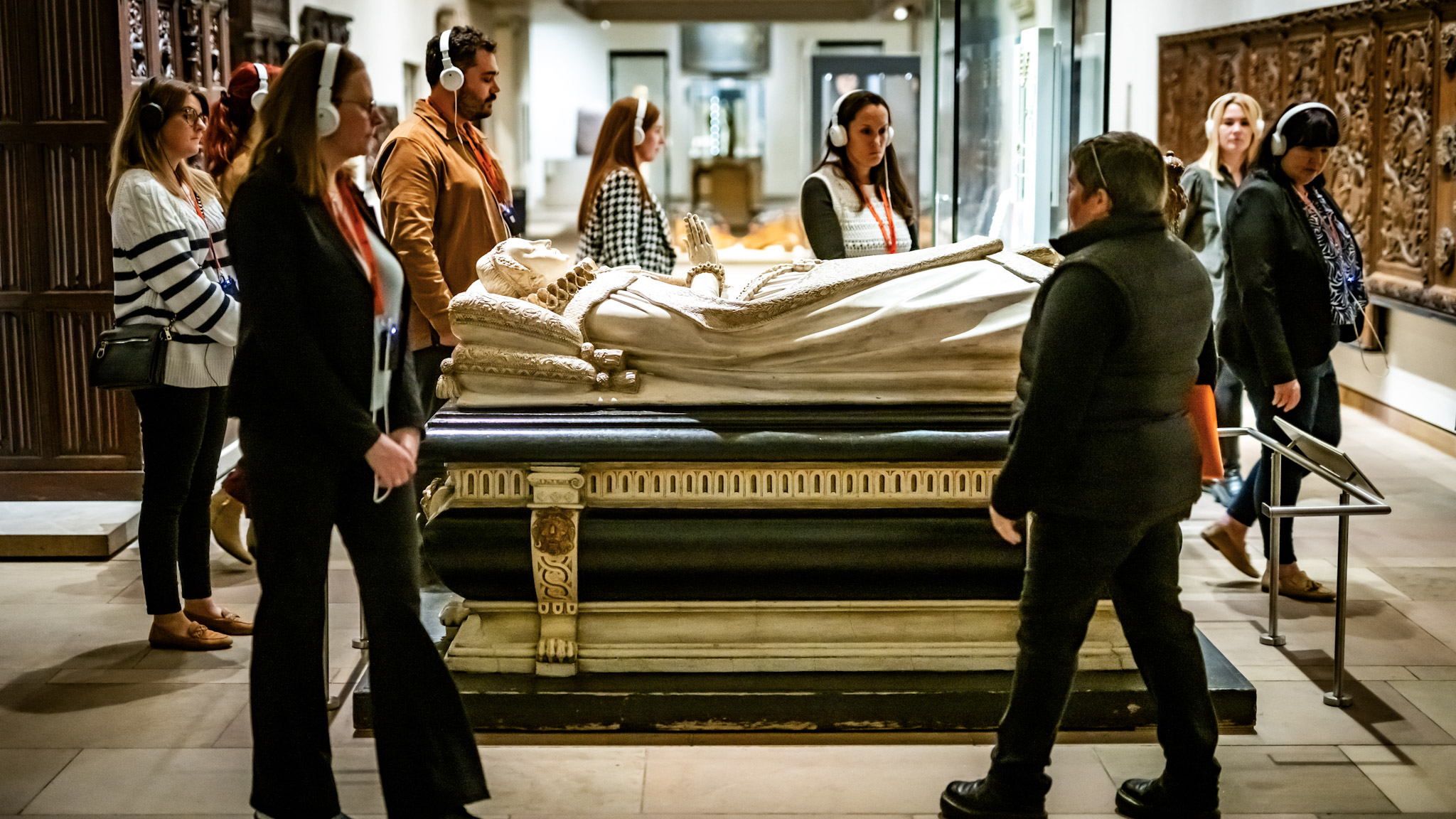
Brass Lectern
This book stand likely once stood in Holyrood Abbey until 1544, when the abbey was sacked by the English.
It left Edinburgh a good 15 years before the Scottish Reformation, but somehow it still looks like it’s being haunted by the preachings of John Knox...
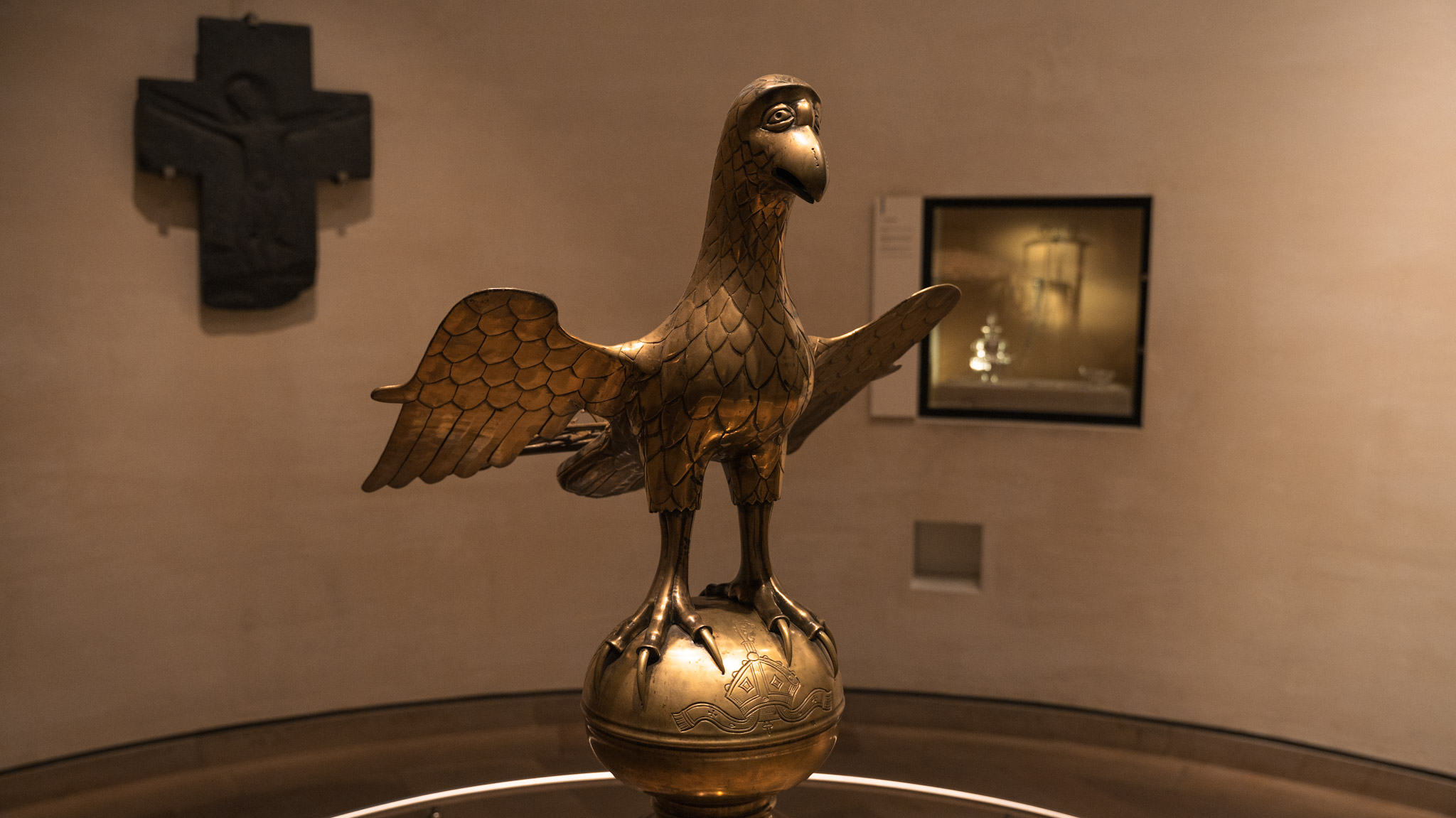
Dolly the Sheep
Dolly was the first mammal to be cloned using an adult somatic cell, a process that took place at the nearby Roslin Institute. It was a scientific breakthrough that proved a single, specialised adult cell (like a mammary cell) can be used to create an entire new organism.
And yes, she was actually named after singer Dolly Parton.
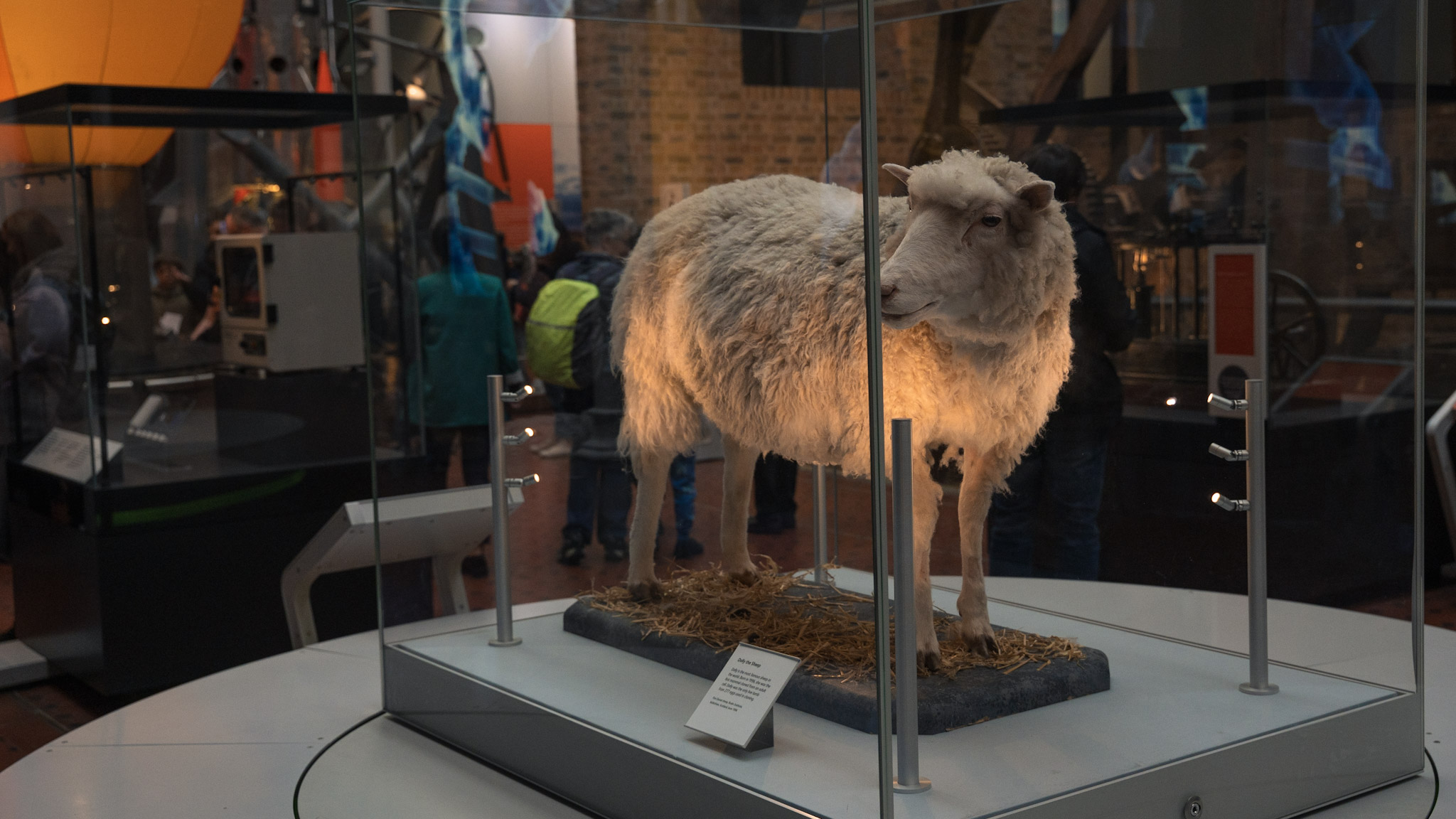
You can find all of these displays at the National Museum of Scotland. But, if you don’t feel like going on the hunt for the really interesting bits of history, enquire about a National Museum of Scotland private tour and we’ll do the hard work for you!

